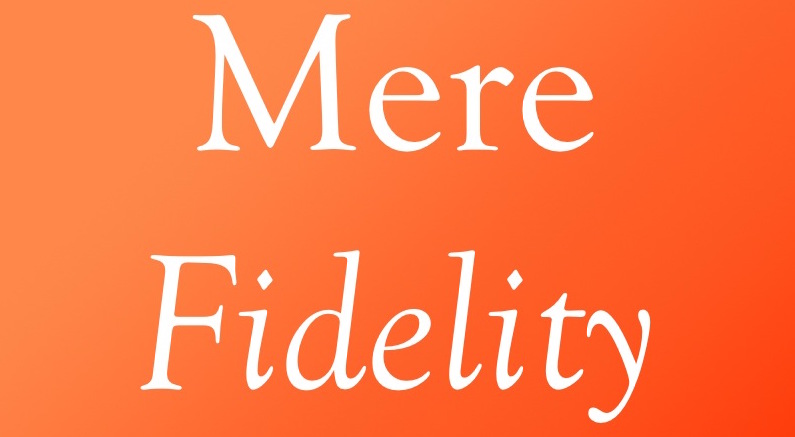“Port William repaid watching. I was always on the lookout for what would be revealed. Sometimes nothing would be, but sometimes I beheld astonishing sights.”
The lesson from that quote (from Wendell Berry) is that fidelity to a place, a people, or a tradition is often its own reward. This is because learning to actually see something takes a great deal of time. It is only through the virtues of patience and affection that we can come to truly know a place and find our home in it. Seeing these things properly is something that takes a great deal of time to do, and the longer you take at it the more apt you are to realize how much more there is to see. This was the thought I continued to have as I watched the Future of Protestantism event earlier this week.
 The event seems to have been prompted by two things: The first, and more acknowledged, of the two was the discussion stirred up last year by Dr. Peter Leithart when he published his “End of Protestantism” piece for First Things. But the second point, which stood behind much of the discussion and was explicitly mentioned by Dr. Trueman on several occasions, is the increased trendiness amongst younger evangelicals of swimming the Tiber in hopes of finding a more historically informed, sacramentally-grounded church home. Recently on Twitter Alan Jacobs pointed out that the two trends he sees regarding Protestant-Catholic relations are that evangelicals are friendlier to Catholics while the Catholics are becoming ever more critical of the evangelicals. As a result, many younger evangelicals are (reputedly at least, we still don’t have any good data on this) crossing the Tiber as they become more interested in Rome and Rome develops a stronger polemic against their Protestant tradition. One day a curious evangelical college student decides on a whim to read Thomas and within a week they’re convinced that the Roman church is the only holy and catholic church.
The event seems to have been prompted by two things: The first, and more acknowledged, of the two was the discussion stirred up last year by Dr. Peter Leithart when he published his “End of Protestantism” piece for First Things. But the second point, which stood behind much of the discussion and was explicitly mentioned by Dr. Trueman on several occasions, is the increased trendiness amongst younger evangelicals of swimming the Tiber in hopes of finding a more historically informed, sacramentally-grounded church home. Recently on Twitter Alan Jacobs pointed out that the two trends he sees regarding Protestant-Catholic relations are that evangelicals are friendlier to Catholics while the Catholics are becoming ever more critical of the evangelicals. As a result, many younger evangelicals are (reputedly at least, we still don’t have any good data on this) crossing the Tiber as they become more interested in Rome and Rome develops a stronger polemic against their Protestant tradition. One day a curious evangelical college student decides on a whim to read Thomas and within a week they’re convinced that the Roman church is the only holy and catholic church.
Login to read more
Sign in or create a free account to access Subscriber-only content.
Topics:
